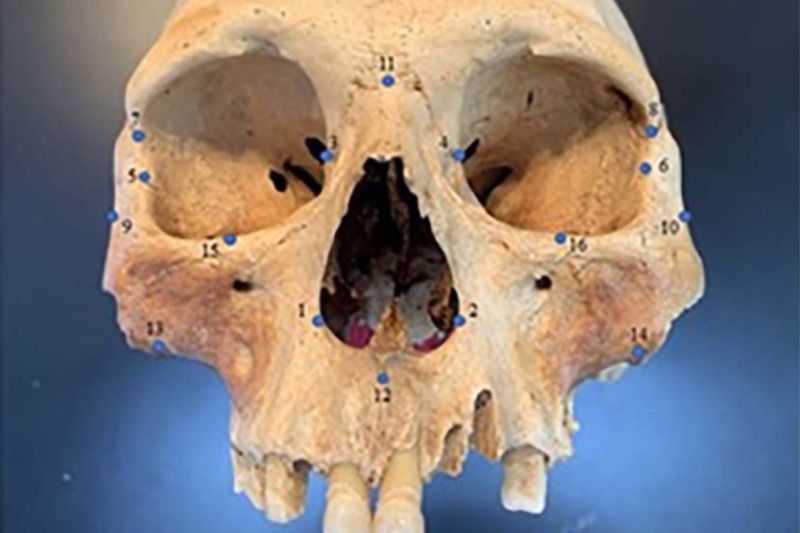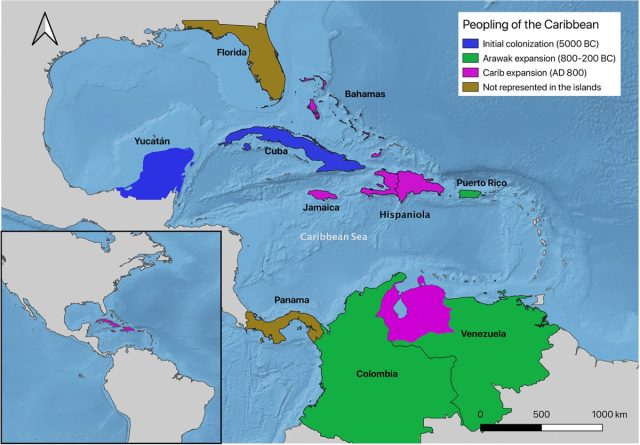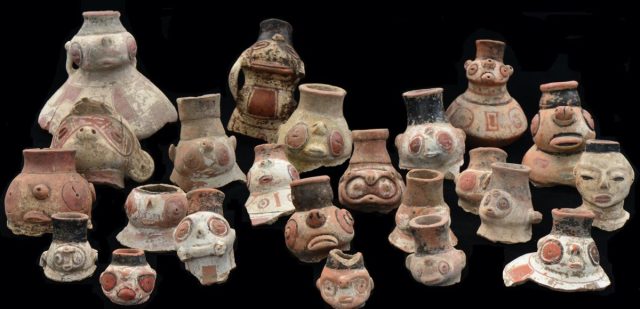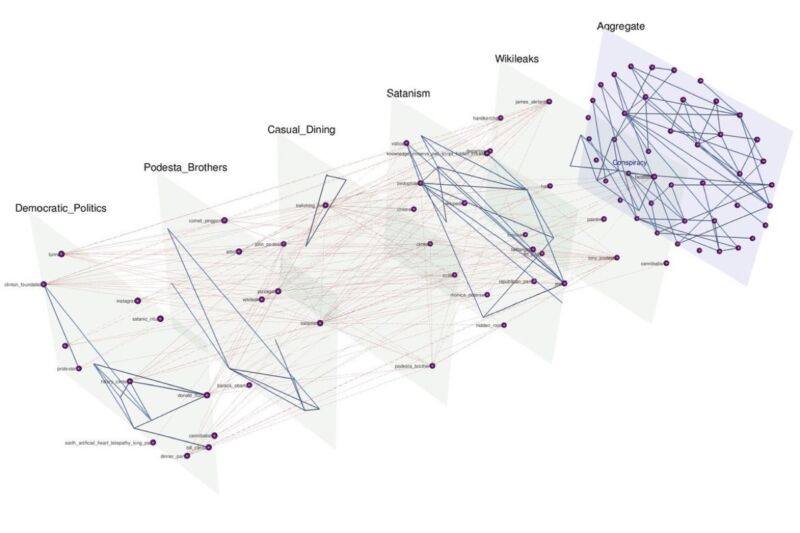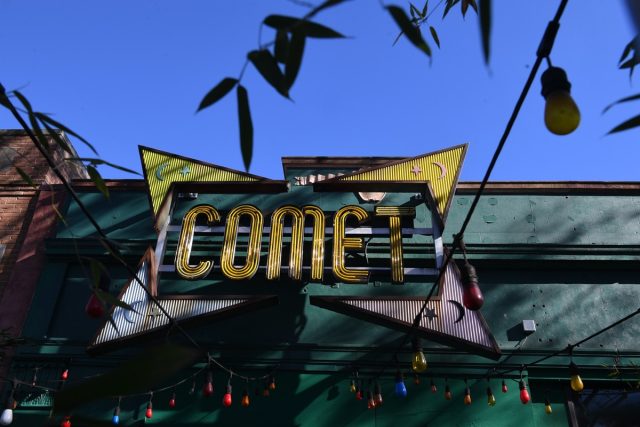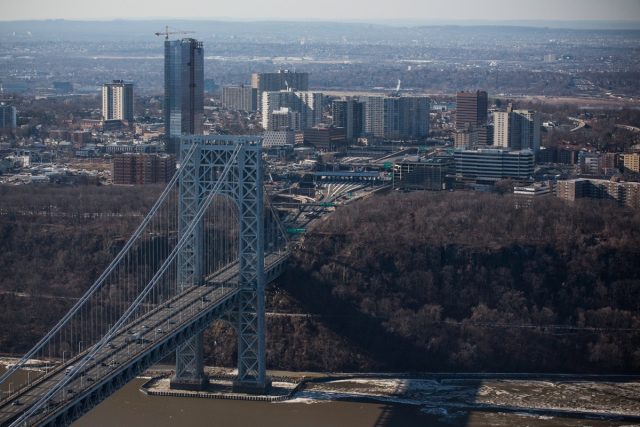Research into tiny zooplankton at the centre of Arctic food web reveals changing habits that could impact the entire eco-system
By Tom Bawden
January 3, 2021

The tiny zooplankton at the centre of the Arctic food web are being forced to end their winter ocean hibernation early in areas where the sea ice is melting – throwing the entire local eco-system into disarray, a team of scientists has found.
The plankton, known as copepods and measuring just 5mm long, have traditionally dived a few hundred metres down into the water to hibernate in the winter, when there is no natural light as the sun is constantly below the horizon.
And they have typically returned to the surface when the ice has melted, the light returned and the algae they eat come into bloom.
But in areas where the sea ice melted in the summer and never froze back, it appears that these creatures are being forced to radically change their lifestyles.
Thawing ice
The thawing of the ice has thrown nature into disarray, making the timing of the spring bloom vary from one year to the next and so much harder to predict.
As a result, the plankton appear to be coming up to the surface early – in some cases as early as January – to make sure they don’t miss out on their algae breakfast when the spring bloom appears.

Even if that’s far too early, they seem to be working on the basis that it’s better to be early and wait than risk being too late and finding no food left when they surface.
This change in habit is not undertaken lightly, given the energy required in getting up to the surface – so ideally you don’t want to hang around too long for your breakfast after the journey up, according to Laura Hobbs, of the Scottish Association for Marine Science (SAMS).
No small trip
“Getting up to the surface isn’t trivial, it takes a huge amount of energy. If we scale that up into human terms that’s the equivalent of swimming fifty miles or so. Swimming all that way too early uses up a lot of energy, and it’s then a long time to wait for your next meal,” said Dr Hobbs, also of the University of Strathclyde.
She has calculated that swimming up from 200 metres is about 40,000 body lengths of a copepod.
In some cases, copepods may be choosing to forgo their hibernation altogether, staying close to the surface throughout, to make sure they don’t miss out, Dr Hobbs said.
She has analysed 10 years’ worth of data collected by SAMS, The Arctic University of Norway and the University Centre in Svalbard from Kongsfjorden, a fjord in the Arctic archipelago of Svalbard, after the ice melted once and for all 14 years ago.
Breakfast dilemma
“The location in which we gathered our data has been ice free since 2006, meaning more light can penetrate the ocean, causing the spring bloom to begin early,” said Dr Hobbs.
“Imagine you’ve been getting up for breakfast at 8am but one day you find the food’s all gone. Can you bank on enough food being there if you ‘lie in’?
“It’s maybe better to get up earlier, say 4am, and risk having to wait a long time. Over a year of the copepod’s life cycle, missing breakfast completely is fatal.”
Copepods are one of the most abundant creatures on the planet and their high fat content make this zooplankton a crucial part of the ocean food web, providing fodder for fish, insects and even other zooplankton.
It’s unclear exactly what the effect of their changing habits will be on the broader environment in which they live but since they lies at the centre of the eco-system it seems likely to be considerable, researchers say.
/cdn.vox-cdn.com/uploads/chorus_image/image/68598902/GettyImages_1191554498.0.jpg)
:no_upscale()/cdn.vox-cdn.com/uploads/chorus_asset/file/22204683/GettyImages_1229624975.jpg)
:no_upscale()/cdn.vox-cdn.com/uploads/chorus_asset/file/22204688/GettyImages_1267557429.jpg)
:no_upscale()/cdn.vox-cdn.com/uploads/chorus_asset/file/22204677/Screen_Shot_2020_12_30_at_10.10.55_AM.png)









